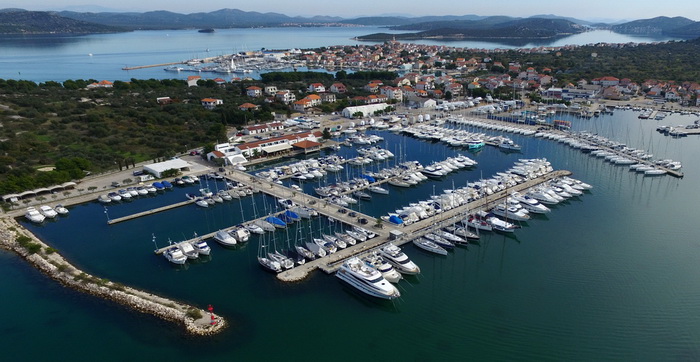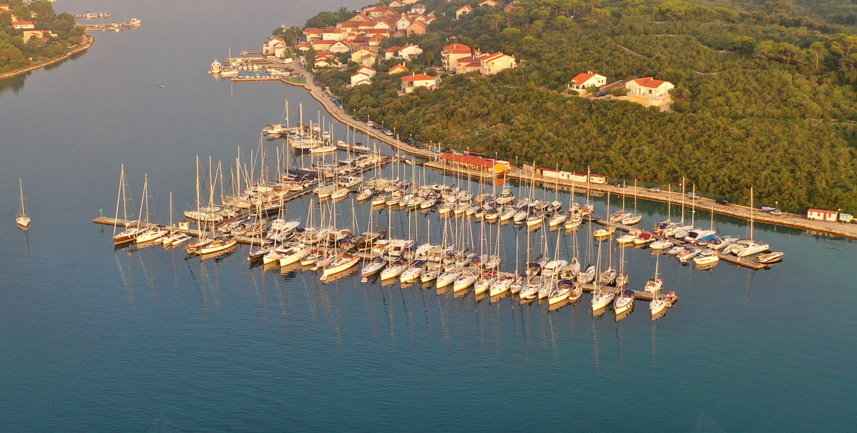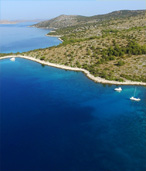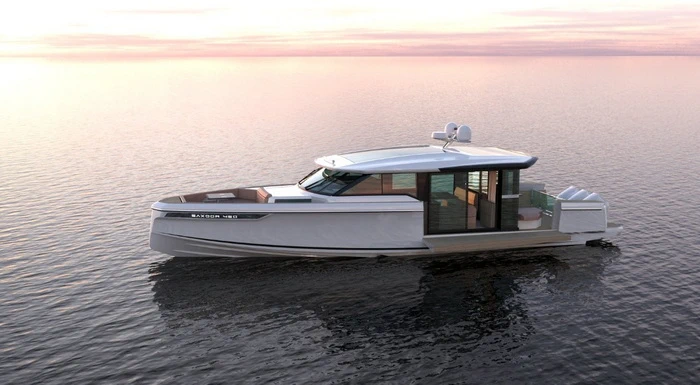News
Last from eShop
 399.00€
399.00€
Novi TBB Nemo DM 1260 je najnovejša generacija DC-DC pretvornikov, ki zagotavljajo enostaven prehod s starih svinčenih servisnih baterij na tehnološko izpopolnjene litijeve baterije, ki zagotavljajo visoko kapaciteto in dolgotrajno delovanje.
Litijeve baterije s tehnologijo LiFePO4 postajajo vsakdanjih na plovilih, avtodomih in solarnih sistemih. Zaradi svoje izjemne kapacitete, majhne teže in življenjske dobe tudi preko 15 let, jih vse pogosteje najdemo v plovilih. Ker pa so njihove tehnične lastnosti drugačne od običajnih svinčenih akumulatorjev, moramo pri zamenjavi namestiti DC-DC konverter, ki bo skrbel za pravilno polnjenje litijevih baterij motorjem in preko obstoječega 220 V polnilca. Nova serija polnilcev TBB je enostavna za namestitev in omogoča priklop bluetooth vmesnika, s katerim lahko potek polnjenja baterij spremljate kar z mobilnim telefonom.
Novi pretvornik TBB Nemo DM1260 je idealen za polnjenje litijevih baterij BlueCell z večjo kapaciteto kot so BlueCell 200Ah 12.8V, BlueCell 314Ah 12.8V ali BlueCell 460 Ah 12.8V.
Prednosti:
- Združljivo z motorjem Euro 6
- Pravilna rešitev za polnjenje ščiti vaš pomožni akumulator z uravnavanjem napetosti in nadzorom toka.
- Varčevanje kabla akumulatorja z nadzorom toka.
- Večstopenjski prilagodljivi algoritem polnjenja TBB premium II.
- Vgrajena samodejna temperaturna kompenzacija.
- Dvojni izhodi, ločena vezja za polnjenje akumulatorja in napajanje enosmernega bremena (samo za DMT1250).
- Vgrajen BLVP.
- Neizolacijska zasnova z največjo učinkovitostjo 96 %.
- Združljivo z motorjem Euro 6 (pametni alternator).
- Plug and Play za enostavno namestitev.
- Vgrajena varovalka.
- Naravno hlajenje brez ventilatorja.
- Podpira komunikacijo RS485 ali CAN.
- Zaščita pred prenapetostjo vhoda/izhoda.
Tehnični podatki:
- Vhodna napetost – 13.2–16 V
- Avtomatska aktivacija D+: Da
- Polnilna napetost (tovarniška nastavitev): 14,6 V
- Polnilna napetost (float-tovarniška nastavitev: 13,5 V
- Polnilni tok: 60 A
- Učinkovitost polnjenja: 96 %
- Temperaturna kompenzacija: -3mV/C/celico
- Algoritem polnjenja: TBB premium II Multi stage
- Zaščita: Previsok tok, previsoka temperatura baterije, kratek stik, preobremenitev
- Komunikacija: RS485, RJ45 konektor
- Temperatura shranjevanje: -40 °C ~70 °C
- Temperatura delovanja: -40 °C ~70 °C
- Teža: 1,2 kg
- Zaščita: IP20
- Dimenzije (VxŠxG): 181 x 148 x 67 mm


Daily mooring prices are increasing every year. If you are forced to enter a marina this year and supply the vessel with water, electricity, food and drink, then we have collected the cheapest marinas on the eastern side of the Adriatic for you...




















